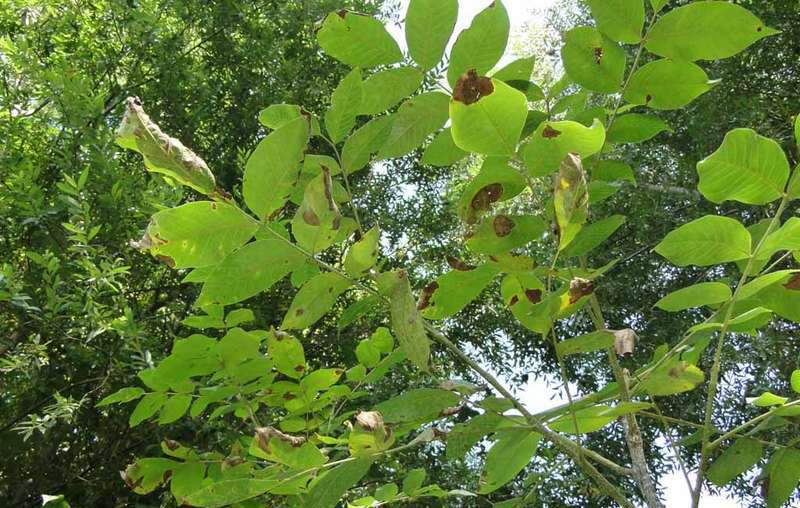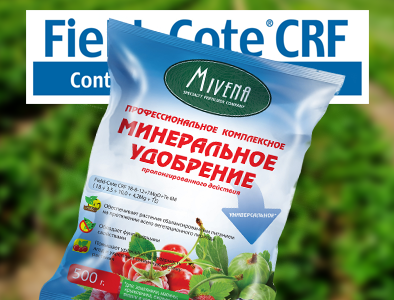Detection, prevention and control aphids walnut
Walnut aphid Chromaphis juglandicola (Kaltenbach) is an insect that is present in hazels Chile at least since 2009, when it was first discovered in the region of valparaíso. Since then scattered in all growing areas from the Coquimbo to Biobio.

It appears in the spring after germination of walnut, breeding mainly in summer to autumn. During the season she may be eight or more generations, depending on local conditions. When the aphid reaches high populations can cause significant damage to the quality of the fruit and orchards, as this insect feeds on the juice that it extracts. Aphids is located near the main veins on lower side of leaves, highlighting the rich Meletiou, which falls on foliage and fruit, which later colonized by the fungus fumagine.
Adults walnut aphids are about 2 mm. the Color of these insects is mainly pale yellow in their various stages of development and with different patterns of brown spots on the femur of their hind legs. Some individuals have dark spots on the back of the abdomen and chest. In addition, a very characteristic red color of their eyes. Adults are present during the season three different forms: winged viviparous female, the female ovipore and the winged male. These characteristics give quality sexual and asexual reproduction.
During fall and mainly by the approach of the fall foliage, winged viviparous female begins to generate males and oviparous females that mate and then lay eggs in the roughness of the trunk and branches. The eggs are resistant to low temperatures and in the spring the nymphs pass through five stages, giving rise to a new female founder, which conforms to the shape reportaway winged females, which gives rise to a new winged viviparous females that will reproduce asexually.
Biological control
Service of agriculture and livestock (SAG) in collaboration with the farmers in this category in 2009, took the decision to implement a successful program of biological control, introducing into the gardens parasitoids Trioxys pallidus. In this context, the SAG experts have collected this parasitoid in several localities of Iran and interned him in Chile, taking measures to ensure the security of their quarantine facilities in Lo Aguirre (Santiago Metropolitan region), where he was later multiplied together to conduct releases in different walnut orchards of the country.
Based on a sample of T. pallidus acquired a SAG, the Institute for the study of Agropecuaria (INIA La Cruz) supported continuous multiplication of the parasite until 2016 in the laboratory and greenhouses. Was obtained insects for the implementation of the settlement five thousand individuals in a variety of nut orchards in the valley of Choapa, where it was finally established their control of aphids. During the season 2015/2016 years, starting entomophages started in different places of the limar valley.
Parasitic behavior on Trioxys aphid walnut is as follows:
1. Adult female Trioxys with ovipositor introduces its egg into the body of a living aphid.
2. Trioxys egg produces larva, which feeds on the body fluids of aphids, growing and developing to achieve the state of pupa. In this phase, the aphids cease to feed and move, die and change their shape and color, turning into a beige ball-shaped body, known as "the mummy".
3. Inside parasitic aphids (mummies) pupae of Triaxis out adults emerging through a round hole, which allows them to mate, feed and find other aphids, where to evolve, to repeat the cycle.
Boris Karabanov, FKH "Agrovest-2012", a member of the SAP










